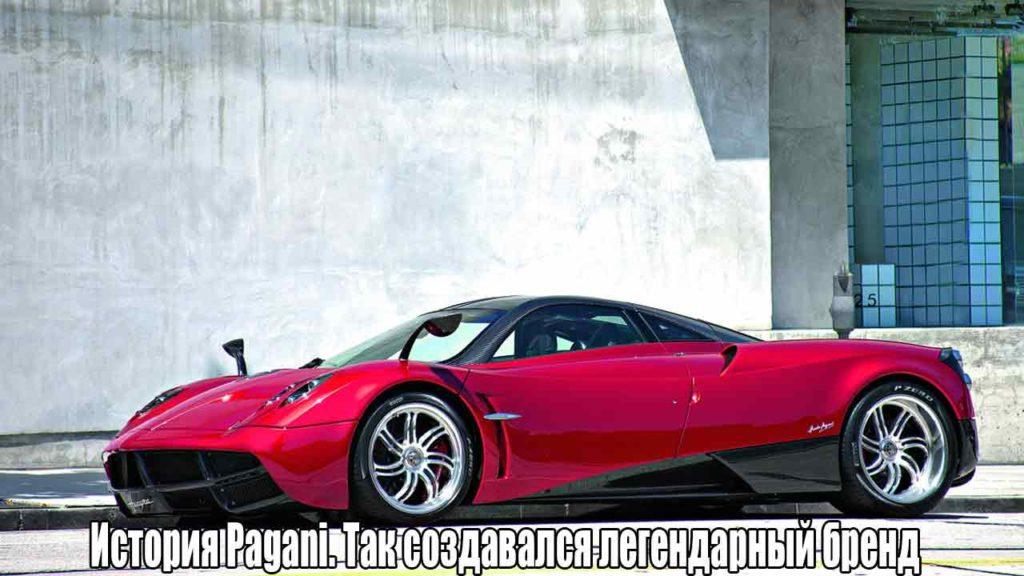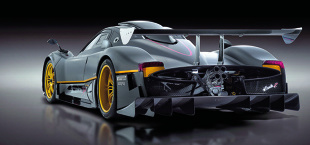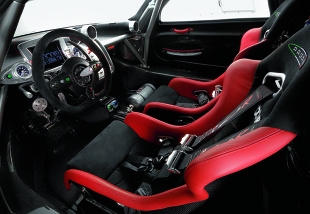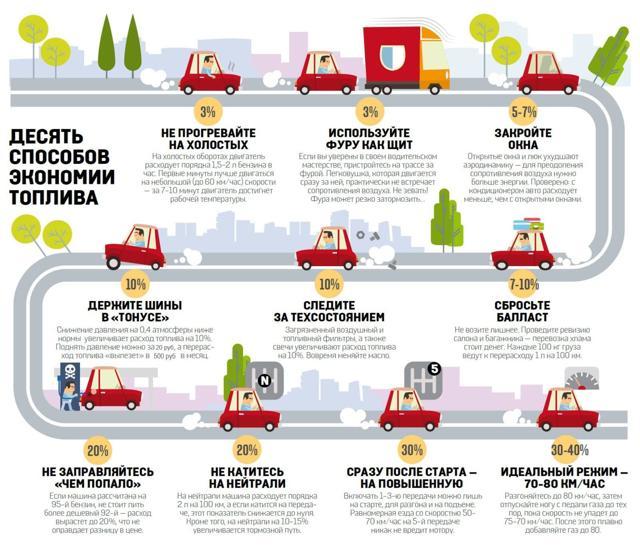
Pagani. This is how the legendary brand was born.
 What do celebrity Kim Kardashian, Formula 1 champion Lewis Hamilton, Facebook boss Mark Zuckerberg, Hollywood star Dwayne Johnson and Saudi heir to the throne Mohammad bin Salman have in common? The answer that everyone is obscenely rich is too commonplace to be taken seriously. So I explain: each of the mentioned persons is the owner of a Pagani car. Cars of this brand have recently been in good shape.
What do celebrity Kim Kardashian, Formula 1 champion Lewis Hamilton, Facebook boss Mark Zuckerberg, Hollywood star Dwayne Johnson and Saudi heir to the throne Mohammad bin Salman have in common? The answer that everyone is obscenely rich is too commonplace to be taken seriously. So I explain: each of the mentioned persons is the owner of a Pagani car. Cars of this brand have recently been in good shape.
In the 40s, when Argentina was in convulsions after the fall of the dictatorship of Juan Perón, the city of Casilda in the heart of the agricultural region of the Pampas was not a good starting point for a career. You can guess that Senora Pagani, the wife of a local baker, smiled wryly when little Horacio, showing his mother a car that he made with his own hands, said: “One day I will build a real one.” The best in the world! Over time, it turned out that it was not only in children's dreams. The boy absorbed knowledge related to cars at a local technical school and read everything that came to hand. At XNUMX, he opened a small workshop where he experimented with various materials, including laminate. He also undertook the conversion of two Formula Renault racing cars. He upgraded their suspensions and replaced the bodies with new ones made of fiberglass, which reduced the weight of the cars by XNUMX lbs. The client was delighted. Shortly thereafter, in Rosario, where Horacio Pagani went to study industrial design, fate brought him together with the legendary Juan Manuel Fangio. The old master behind the wheel gave the boy advice: “Go to Italy. They have the best engineers, the best stylists, the best mechanics.”
 In 1983, 80-year-old Horacio and his newlywed wife Cristina went to Italy. “We lived in a motor home, we lived off part-time jobs,” recalls Pagani. One day he met Giulio Alfieri, technical director of Lamborghini. He asked him for a job. He received ... an offer to clean the premises in the design office. "I'm taking this job, but one day I'll be making better cars than the ones you make here." Alfieri laughed. Soon he stopped laughing. Young Pagani, a talented workaholic, grew rapidly and soon became a pillar of the composites department. Their use revolutionized the design of super sports cars in the 1987s. In the case of Lamborghini, the Countach Evoluzione 500 prototype played a pioneering role. Thanks to its monolithic carbon fiber body structure, the car weighed XNUMX pounds less than the same production car. Convinced of the obvious advantage of the new technology, Horacio Pagani turned to the management of the company, then owned by Chrysler, with a request to purchase an autoclave necessary for the "firing" of composite structures. I heard in response that there is no such need, since there is no autoclave even on Ferrari ...
In 1983, 80-year-old Horacio and his newlywed wife Cristina went to Italy. “We lived in a motor home, we lived off part-time jobs,” recalls Pagani. One day he met Giulio Alfieri, technical director of Lamborghini. He asked him for a job. He received ... an offer to clean the premises in the design office. "I'm taking this job, but one day I'll be making better cars than the ones you make here." Alfieri laughed. Soon he stopped laughing. Young Pagani, a talented workaholic, grew rapidly and soon became a pillar of the composites department. Their use revolutionized the design of super sports cars in the 1987s. In the case of Lamborghini, the Countach Evoluzione 500 prototype played a pioneering role. Thanks to its monolithic carbon fiber body structure, the car weighed XNUMX pounds less than the same production car. Convinced of the obvious advantage of the new technology, Horacio Pagani turned to the management of the company, then owned by Chrysler, with a request to purchase an autoclave necessary for the "firing" of composite structures. I heard in response that there is no such need, since there is no autoclave even on Ferrari ...
Pagani worked with Lamborghini for a few more years, but he knew he would go his own way. At first, at the risk of running into dangerous debt, he bought an autoclave, which enabled him to establish his own consulting and manufacturing company, Modena Design, in 1988, next to the Ferrari and Lamborghini factories. He began supplying Formula One teams with specially designed composite hulls for racing cars. His clients soon included demanding sports car manufacturers such as Ferrari and Daimler, as well as the Aprilia motorcycle company. In 1, a blow followed. In the small town of San Cesario sul Panaro, between Modena and Bologna, he started another company, Pagani Automobili Modena. Even though the market for exclusive sports cars has just come to a standstill.
See also: auto loan. How much depends on your own contribution?
“When I told my accountant about these plans,” Pagani recalls, “he was silent for a moment, and then muttered:“ This must be a fantastic idea. But I would like you to talk to my psychiatrist first." However, this was not madness. Pagani already had orders for thirty cars in his pocket and - again thanks to the support of the aged Juan Manuel Fangio - a guarantee of delivering excellent AMG-tuned Mercedes Benz V12 engines. Other small producers could only dream of it.
 In 1993, the first tests of a car known as the “Project C8” were carried out in the Dallara wind tunnel, which later became known to the world as the Pagani Zonda (a probe is a dry hot wind blowing from the slopes of the Andes to the plains of eastern South America). When creating the body, Horacio Pagani was inspired by the 1989 Sauber-Mercedes Silver Arrow racing silhouette and jet fighter shapes. When the world saw Pagani's work in all its glory at the Geneva Motor Show in the spring of 1999, the car not only had a body and interior, but was also approved for traffic on public roads. The first copies had a six-liter engine with a capacity of 12 hp. Later, along with the refinement of the interior, an engine appeared with increased AMG tuners with a volume of up to seven liters and a power of up to 402, and, finally, up to 505 hp. Since the first Zonda, Pagani has featured four square-shaped exhaust pipes in the center of the rear.
In 1993, the first tests of a car known as the “Project C8” were carried out in the Dallara wind tunnel, which later became known to the world as the Pagani Zonda (a probe is a dry hot wind blowing from the slopes of the Andes to the plains of eastern South America). When creating the body, Horacio Pagani was inspired by the 1989 Sauber-Mercedes Silver Arrow racing silhouette and jet fighter shapes. When the world saw Pagani's work in all its glory at the Geneva Motor Show in the spring of 1999, the car not only had a body and interior, but was also approved for traffic on public roads. The first copies had a six-liter engine with a capacity of 12 hp. Later, along with the refinement of the interior, an engine appeared with increased AMG tuners with a volume of up to seven liters and a power of up to 402, and, finally, up to 505 hp. Since the first Zonda, Pagani has featured four square-shaped exhaust pipes in the center of the rear.
Horacio Pagani is a fan of Leonardo da Vinci. Following the example of a brilliant Italian, he tries to combine artistry with high technology in his work. And, I must admit, he is very good at it. The 2009 Zonda Cinque (only five were built) was the first car in the world to use carbotanium, a material with directional programmed elasticity created by combining titanium with carbon fiber. Carbotanium, which has already found thousands of different applications, was developed by Pagani Modena Design.
The successor to the Zonda, the Huayra, premiered in January 2011, no longer in the showroom, but in the virtual space. The car is named after the god of the Inca wind, Wayra-tata, and is faster than all earthly winds: it accelerates to hundreds. in 3,2 s, and the six-liter Mercedes AMG engine with 720 hp. allows you to reach a speed of 378 km / h. To date, about a hundred of these cars have been built, each of which costs at least $2,5 million. In 2017, a new model from San Cesario sul Panaro debuted at the Geneva Motor Show. The Huayra roadster has a different body line, under which, apparently, there is not a single element that is the same as in the coupe version. The first discovered car of Horacio Pagani will be produced in a series of one hundred copies. All of them have already been sold.
Read also: Testing Volkswagen Polo
